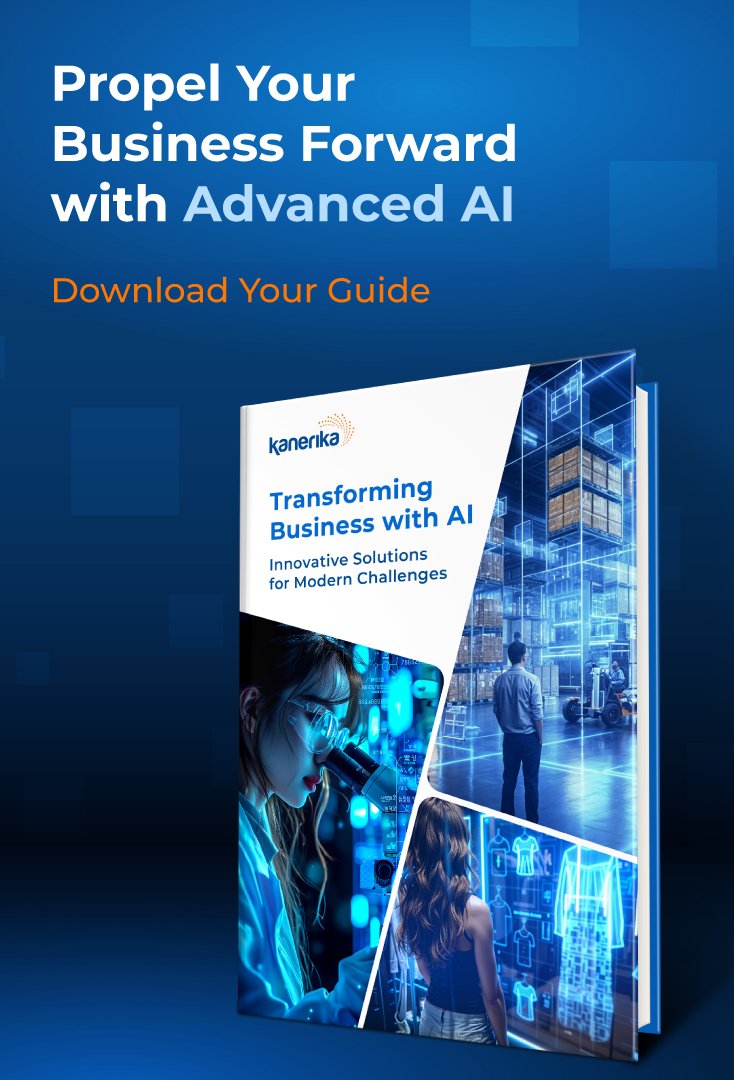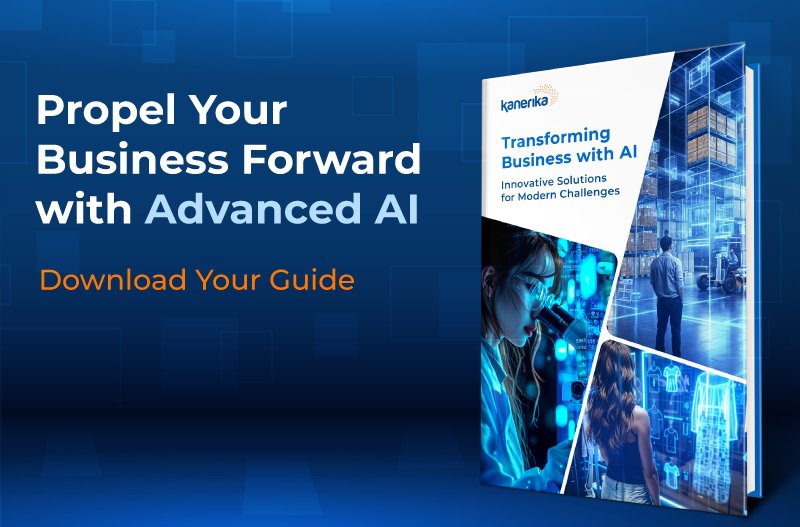Hyperautomation
What is Hyperautomation?
Hyperautomation is a cutting-edge technological concept that extends beyond traditional automation.
It involves the integration of technologies like Robotic Process Automation, Artificial Intelligence, Machine Learning, and analytics. It can create intelligent systems that can learn from experience, and even make decisions.
Components
It is a complex concept that brings together various processes. Let’s look at a brief summary of the component technologies.
- Robotic Process Automation (RPA): Automates repetitive tasks, freeing human workers for more complex work.
- Machine Learning (ML) and Artificial Intelligence (AI): Enhances system intelligence, enabling learning and adaptation.
- Analytics and Data Processing: Provides insights through data analysis, supporting decision-making.
- Intelligent Business Process Management (IBPM): Aligns automation with business goals and strategies.
- Natural Language Processing (NLP): Enables communication between humans and machines through language understanding.
- Optical Character Recognition (OCR): Converts documents into editable data, facilitating digital processing.
- Integration Tools and APIs: Ensures seamless collaboration and data exchange between systems.
- Security and Compliance Tools: Maintains integrity by adhering to legal and security standards.
Hyperautomation versus Automation
Automation refers to the use of technology to perform tasks without human intervention. It’s a concept that has been around for decades and is primarily focused on executing repetitive, rule-based tasks.
Hyperautomation takes automation to the next level by integrating advanced technologies like Artificial Intelligence, Machine Learning, and more. It’s a more comprehensive and intelligent approach.
- Complexity: While automation is task-specific, hyperautomation deals with complex, interconnected processes.
- Intelligence: Automation follows predefined rules, whereas hyperautomation can learn, and adapt.
- Integration: It often involves the synthesis of various technologies, while automation might rely on a single tool.
- Application: Automation is best for repetitive tasks, while hyperautomation is suited for dynamic processes.
Benefits
It represents a significant advancement in automation technology. It offers a gamut of benefits.
- Enhanced Efficiency- It streamlines operations by integrating various technologies. It automates complex processes, reducing manual effort and increasing speed. This leads to more efficient workflows and higher productivity.
- Intelligent Decision Making- By leveraging AI and analytics, it enables intelligent decision-making. It analyzes data, identifies patterns, and guide business decisions.
- Adaptability and Learning- One of the standout features of this is its ability to learn and adapt. It can adjust to changes in the environment or process. This ensures that the automation remains effective even as conditions change.
- Strategic Insights- Provides valuable insights that inform business strategy. By analyzing vast amounts of data, it can identify trends, opportunities, and risks. These insights enable businesses to make informed, strategic decisions.
It’s not just about doing things faster. It’s more about doing them smarter, more strategically, and more responsively.
Challenges
1. Integration Complexity: Integrating multiple systems, tools, and technologies can be complex and time-consuming. Ensuring seamless interoperability between various automation solutions is a significant challenge.
2. Data Management: Handling vast amounts of data generated by automated processes requires robust data management strategies. Ensuring data quality, consistency, and security can be daunting.
3. Change Management: Implementing hyperautomation requires significant changes in workflows and processes. Managing these changes and ensuring that employees adapt to new ways of working is challenging.
4. Skill Gaps: Involves advanced technologies like AI, machine learning, and RPA, requiring specialized skills. There may be a shortage of skilled professionals who can design, implement, and maintain these systems.
5. Cost and ROI: The initial investment can be substantial. Organizations need to carefully evaluate the cost and ensure that the return on investment justifies the expenditure.
6. Regulatory Compliance: Automated systems must comply with industry regulations and standards. Ensuring compliance can be complex, especially in highly regulated sectors.
7. Security Risks: Increased automation can introduce new security vulnerabilities. Protecting automated systems from cyber threats is crucial to maintaining business continuity.
8. Scalability Issues: As the scope of automation expands, ensuring that systems can scale effectively without performance degradation is a challenge.
Conclusion
Hyperautomation offers significant benefits in efficiency, productivity, and innovation by leveraging advanced technologies like AI and RPA. However, its implementation poses challenges such as integration complexity, data management, skill gaps, and security risks. Successfully overcoming these challenges requires strategic planning, investment in training, and robust cybersecurity measures. Despite these hurdles, it remains a compelling strategy for businesses seeking to stay competitive and transform their operations in a rapidly evolving digital landscape.





